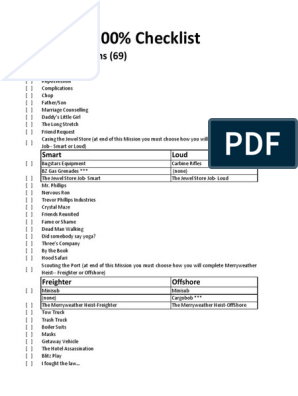0% found this document useful (0 votes)
710 views18 pagesModule 5
Fundamentals of Marksmanship module 5
Uploaded by
Ryan Christopher C. LimCopyright
© © All Rights Reserved
We take content rights seriously. If you suspect this is your content, claim it here.
Available Formats
Download as PDF, TXT or read online on Scribd
0% found this document useful (0 votes)
710 views18 pagesModule 5
Fundamentals of Marksmanship module 5
Uploaded by
Ryan Christopher C. LimCopyright
© © All Rights Reserved
We take content rights seriously. If you suspect this is your content, claim it here.
Available Formats
Download as PDF, TXT or read online on Scribd
/ 18
































































































